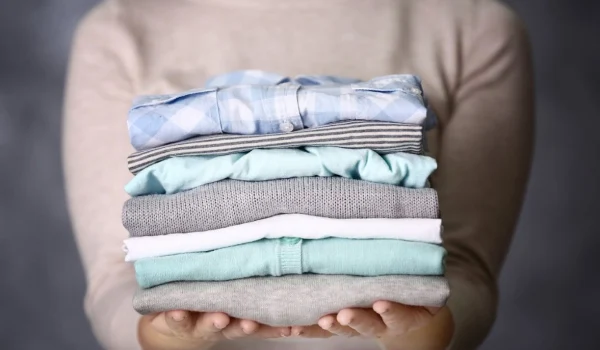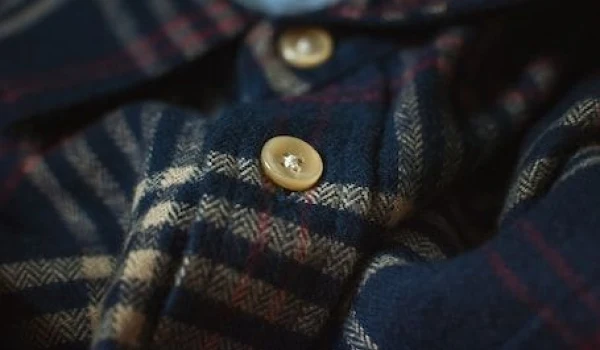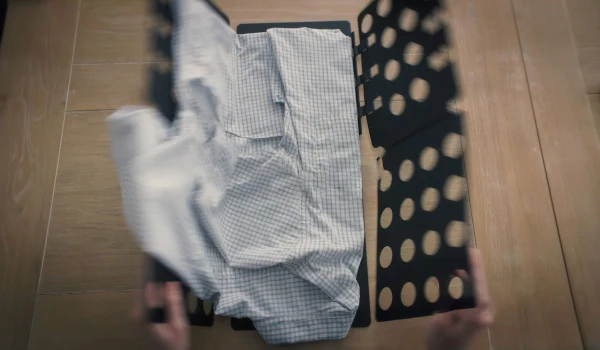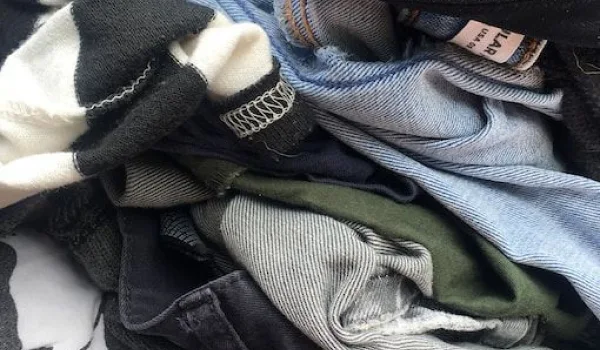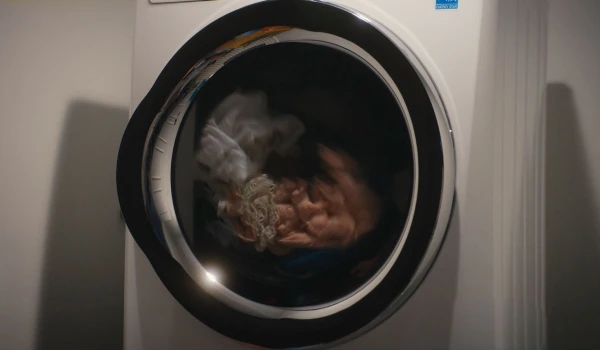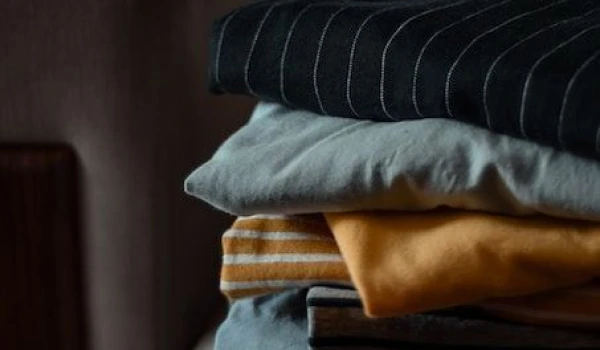What Is Linen?
Linen is one of the oldest and most revered fabrics in the world, tracing its origins back thousands of years to ancient civilizations. Derived from the flax plant, linen has been a staple of both everyday and luxury textiles for centuries. Known for its natural elegance, linen is celebrated not only for its aesthetic appeal but also for its unique properties that set it apart from other fabrics.
Linen is a natural fabric characterized by its strength, durability, and breathability. Its fibers are longer and thicker than those of cotton, giving linen a distinctive texture and a slightly rougher feel. However, it's this very texture that makes linen so desirable, as it softens with each wash while retaining its structural integrity. The breathability of linen fabric allows it to wick moisture away from the body, making it a popular choice for warm-weather clothing and bedding. Additionally, linen is hypoallergenic and eco-friendly, further solidifying its status as a premium material.
Linen's versatility extends beyond clothing to include a wide range of products such as tablecloths, curtains, and even upholstery. As a home textile, linen’s natural luster and drape add a touch of sophistication to any space and as consumers continue to seek sustainable products, linen remains a top choice for those who value both beauty and functionality.

Does Linen Shrink When Washed?
One of the most common concerns about linen fabric is whether it shrinks when washed. The answer is yes, linen does tend to shrink, especially if not washed under the right conditions. Understanding the factors that contribute to linen shrinkage can help you better care for your linen garments and home textiles.
Water Temperature
Water temperature plays a crucial role in the washing process of linen fabric. Linen is sensitive to high temperatures, and washing it in hot water can cause the fibers to contract, leading to shrinkage. We recommend washing linen in cold water or lukewarm water to minimize the risk of shrinking. Cold water helps maintain the fabric’s size and shape, while lukewarm water can be used for more thorough cleaning without causing significant shrinkage.
Washing Techniques
The method you use to wash your linen clothes can also affect the extent of shrinkage. Gentle washing is key when it comes to maintaining the integrity of linen fabric. Avoid vigorous washing cycles that can agitate the fabric too much. Instead, opt for a gentle cycle on your washing machine, or better yet, hand wash your linen garments. Hand washing allows you to control the pressure applied to the fabric, reducing the shrinkage risk.
Detergents
The type of detergent you use can significantly impact the condition of your linen garments. Harsh detergents contain chemicals that can weaken linen fibers, making them more susceptible to shrinkage. It’s best to use a mild detergent that is free from bleach and other harsh additives. A mild detergent will clean your linen thoroughly while being gentle on the fabric. Also, avoid using fabric softeners as they can leave a residue that diminishes the natural breathability and texture of linen.

Does Linen Shrink When Dried?
The drying process is another critical factor that affects the shrinkage of linen. Linen is particularly sensitive to heat, and improper drying can lead to significant shrinkage and damage to the fabric.
The Influence of Heat
Heat is one of the primary culprits behind linen shrinkage. When linen is exposed to high temperatures, whether in the washing machine or dryer, the fibers can tighten and shrink. This is why it’s crucial to be cautious when drying linen clothes and other linen textiles. Avoid using high heat settings on your dryer, and opt instead for a low or no-heat tumble dry setting if you choose to use a dryer at all.
Air Drying vs. Machine Drying
Air drying is our preferred method for drying linen, as it minimizes the risk of shrinkage and helps preserve the natural texture of the fabric. To air dry, simply hang your linen items in a well-ventilated area away from direct sunlight, which can cause discoloration. If hanging is not an option, you can lay the linen flat on a clean, dry surface to dry naturally. This method allows the fabric to retain its shape and prevents the fibers from becoming overly compressed, which can happen in a dryer.
Machine drying, while convenient, should be approached with caution when it comes to linen. If you must use a dryer, select a low heat setting and remove the linen items while they are still slightly damp to finish drying them flat. This technique can help reduce the risk of shrinkage while still providing the convenience of machine drying.

How To Take Care of Linen
Taking proper care of your linen garments and textiles ensures they remain beautiful and functional for years to come. Here are some practical tips for effective linen care:
Gentle Washing
Always opt for gentle washing methods to maintain the quality of your linen. Whether you choose to hand wash or use a machine, ensure that the washing cycle is gentle and the water temperature is appropriate. Avoid overcrowding the washing machine, as this can cause undue stress on the fabric and lead to wrinkling or even shrinkage.
Air-Drying
Whenever possible, air-dry your linen items. As mentioned earlier, air drying is the best way to preserve the fabric’s natural properties and prevent shrinkage. If you’re short on space or time, a low-heat tumble dry can be used, but be sure to monitor the drying process closely to avoid overheating.
Ironing With Care
Linen tends to wrinkle easily, which is part of its charm. However, if you prefer a smoother appearance, ironing can help. When ironing linen, do so while the fabric is still slightly damp for best results. Use a medium to high heat setting and press with a steam iron to remove wrinkles. Always iron on the reverse side to protect the fabric’s surface.
Avoiding Fabric Softeners
Fabric softeners can coat the fibers of linen, reducing its breathability and natural absorbency. Instead of using fabric softeners, which can also contribute to a buildup of residue on the fabric, consider using a mild detergent and adding a small amount of white vinegar to the rinse cycle to help soften the linen naturally.
Proper Storage
Proper storage is essential for keeping your linen items in pristine condition. Store linen in a cool, dry place away from direct sunlight to prevent discoloration. Avoid using plastic bags or containers for storage, as they can trap moisture and cause mildew. Instead, use breathable cotton storage bags or wrap your linen in acid-free tissue paper.

Keep Your Linen Intact With Rinse
Linen care can be time-consuming and requires a delicate touch, but with Rinse, you can keep your linen textiles in perfect condition without the hassle. Rinse offers expert laundering services tailored specifically to the unique needs of natural fabrics like linen. With convenient pickup and delivery, we make it easy to maintain your linen garments and home textiles with minimal effort.
Rinse’s professional care ensures that your items are cleaned using the appropriate methods to prevent shrinkage and maintain their luxurious feel. We use eco-friendly practices and adhere to garment care specifications, so you can trust that your linen is in good hands. Whether it’s a cherished pant, a set of sheets, or a delicate tablecloth, Rinse provides a level of care that extends the life of your linen while preserving its natural beauty. By using lukewarm water, mild detergent, and careful handling, we help prevent shrinkage and ensure that your linen remains true to its original size and shape.
For more information on how to properly care for linen and other fabrics, check out these helpful articles:
Contact us at Rinse today to see our skill in action.

Have laundry or dry cleaning to do?
Rinse picks up, cleans and delivers 7 days a week. Amazingly awesome. Ridiculously simple.



